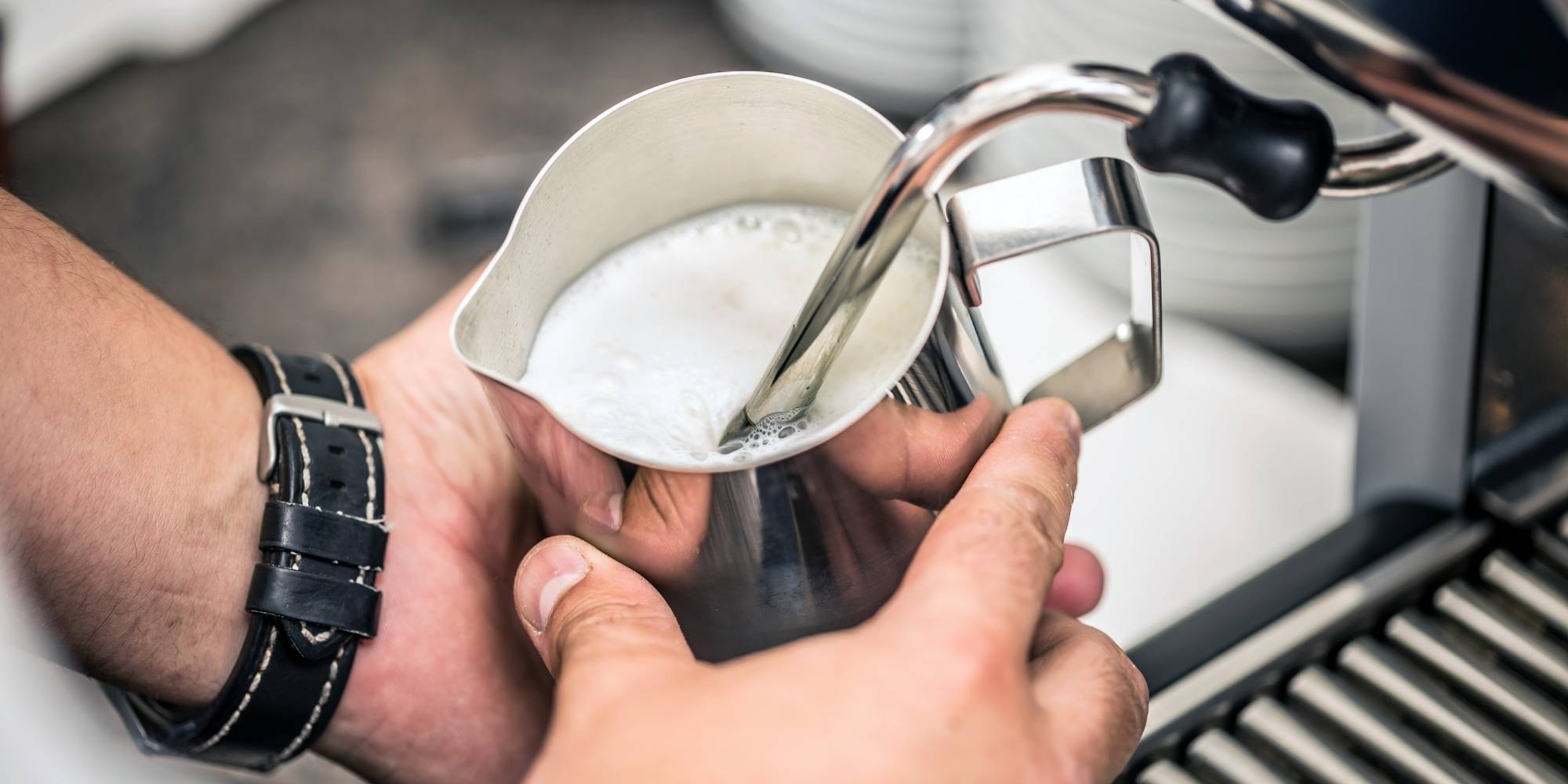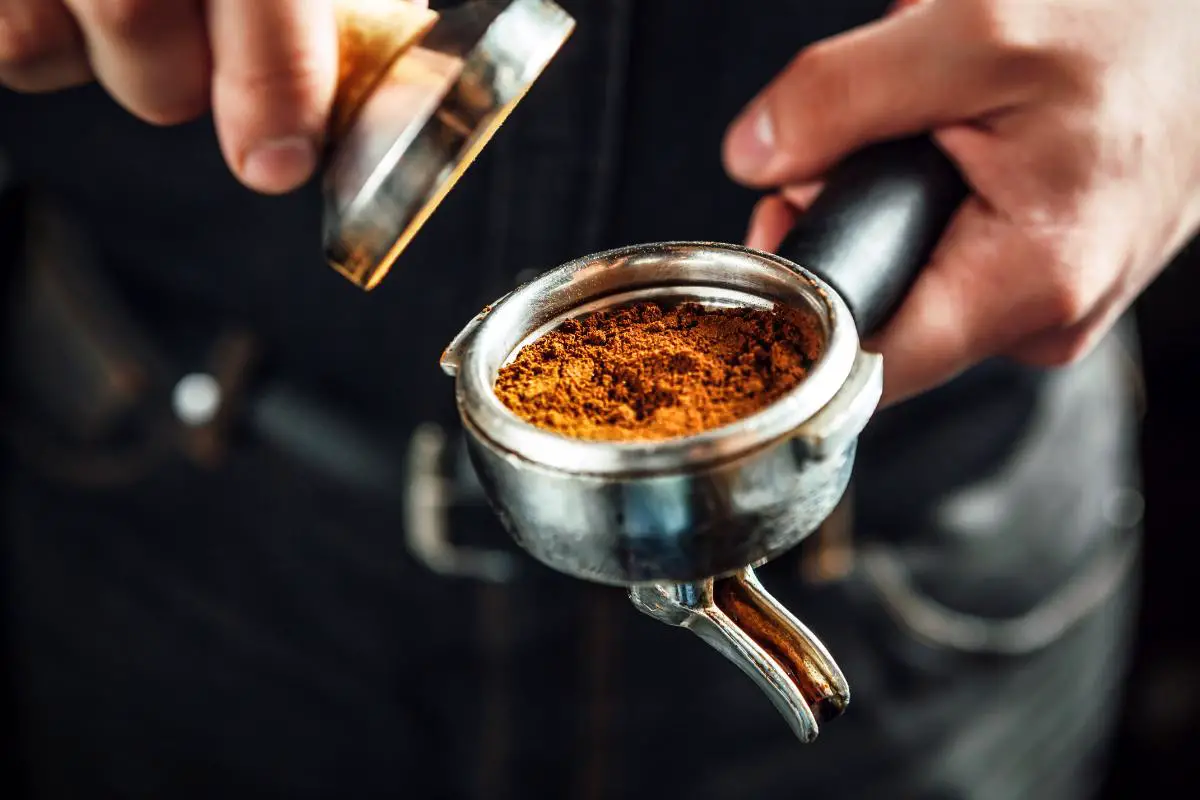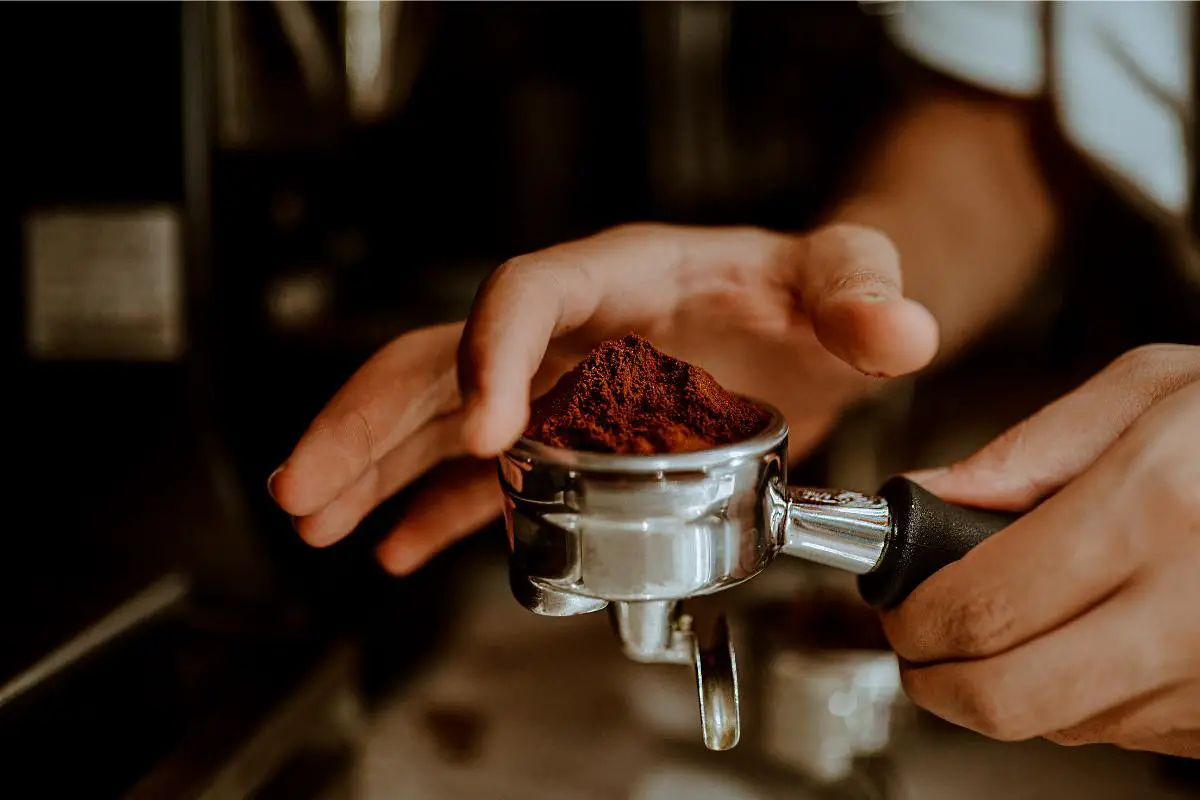Alternative milk is not a new trend, but it has seen a substantial increase in the past year which is why many are now wanting to know how to make micro-foam with alternative milk.
Coffee shops, cafés, hotels, and restaurants must embrace and enforce the usage of free-from and alternative goods; younger generations, in particular, are on board with the alternative milk movement and expect to see it on any menu.
There are various alternative milk choices on the market today, with new ones arriving regularly, each with its distinct flavour, texture, and environmental effect.
Since the beginning of the trend, soya, almond and oat milk have been solid favourites, with pea and coconut milk lately experiencing a surge in popularity.
So, if you’re looking for a way to make your coffee without using dairy milk, in this article we will guide you through several alternative milk options that work great for making micro-foam.
Table of Contents
5 Tips To Help You Make The Perfect Micro-Foam
1. Use fresh, cold milk. The fresher the milk, the better the foam will be.
2. Use a clean pitcher, glass, or container. Any residue from previous uses can affect the quality of the foam.
3. Heat the milk to just below boiling point. If the milk is too hot, it will not foam properly.
4. Use a gentle motion when frothing the milk. Stirring or shaking the milk too vigorously will break down the bubbles and ruin the foam.
5. Serve immediately as micro-foam does not keep well and will start to dissipate within a few minutes.
How to Make Micro-Foam With Almond Milk?
Because almond milk has comparable qualities to regular milk, it is feasible to make steaming almond milk or boiling almond milk.
Therefore, there are a few different ways that you can make micro-foam with almond milk, but the most common method is to use a frothing wand.
To do this, simply heat up your almond milk until it is steaming and then position the wand just below the surface of the milk.
Slowly move the wand around in a circular motion to create a thick and creamy foam.
Regular milk is typically heated to 140°F before being frothed, but almond milk is best frothed at 150°F, and is critical to note that you should never froth your almond milk at temperatures greater than this.
Overheating can cause the almond milk to break down, resulting in a less-than-frothy and certainly less-than-creamy almond milk topping.
If you don’t have a frothing wand, you can also use a spoon to create micro-foam.
Simply stir the milk rapidly in a circular motion with the spoon until it forms thick peaks.
How To Make Micro-Foam With Pea Milk?
Making micro-foam with pea milk is similar to making it with other types of non-dairy milks.
The main difference is that pea milk tends to be a little thicker, so you may need to use a little more foam stabiliser than you would with other types of milk.
Overall, it’s actually quite simple, just heat up your pea milk until it is steaming, and then use a frothing wand or immersion blender to create the micro-foam.
The key is to get a good, rich foam without too many bubbles, and you can also use a milk frother if you don’t have either of those devices.
If you’re not able to froth the milk yourself, you can also add it to a blender and blend on high for 30 seconds to 1 minute.
This will create a foamy, frothy consistency that can be used in place of micro-foam.

How to Make Micro-Foam With Oat Milk?
Oat milk is one of the greatest non-dairy milk substitutes on the market, not only because it goes well with coffee and is a good option for individuals who are allergic to nuts, but also because it froths so nicely.
The explanation for this is hidden in its ingredients, specifically its high levels of protein and fat.
To froth oat milk, you can either use a steam wand or handheld frother to froth your oat milk.
Use the steamer’s wand on your machine to produce the foam in your oat milk, and to make the froth, all you have to do is put some cold water in the machine and turn the steamer on.
Make it hot enough for frothing (180F), and then pour out the excess water from the cup and add in oat milk.
If you are using the handheld frother, there is no need to worry as you can froth your oat milk by using a manual frother.
The simple method below is one of our favourite ways to make micro-foam with oat milk at home.
You will need:
- 1 cup oat milk
- 1/2 cup water
- 1/4 teaspoon ground nutmeg
- 1/2 teaspoon vanilla extract
- 1 tablespoon sugar
- 3/4 cup espresso or very strong coffee
In a small saucepan, heat the oat milk and water until it comes to a simmer. Add the nutmeg, vanilla extract, and sugar, and stir until dissolved.
Pour the mixture into a blender and blend on high speed for 30 seconds. A the espresso or coffee into the blender and blend on high speed for an additional 30 seconds.
Pour the micro-foam into a cup and enjoy!
How to Make Micro-Foam With Soy Milk?
Soy milk comprises the same amount of protein as dairy milk, and that is why it is primarily used in comparison to dairy milk.
It is one of the most popular non-dairy alternatives, and when frothed perfectly, the higher protein levels create a delicious froth, very similar as the dairy milk froth.
Soy milk contains a lower fat content than dairy milk, making it quite sensitive to heat.
Therefore, heating soy also lowers the protein present in it, so to make microfoam using soy milk, it takes a little bit of technique.
To create a creamy micro-foam, use refrigerated soy milk and pour it into a foaming jug.
Start texturising the milk until a creamy texture starts forming, then continue to heat the milk while letting minimum air through.
If more air is passed through, it creates a bubbly texture which ruins the microfoam.
Try not to overheat the milk as it will cause the milk to split.
Keep in mind, perfecting the silky texture of the soy milk froth can take several attempts.
How To Make Micro-Foam With Coconut Milk?
There are a few ways to make micro-foam with coconut milk.
One way is to add a small amount of coconut oil to the milk before frothing.
Another way is to use a blender to create a thicker foam.
Finally, you can also use a milk frother to create the desired foam.
“Coconut milk should not be confused with coconut water, which is found naturally in immature green coconuts”
healthline.com
Whichever method you choose, be sure to use fresh, full-fat coconut milk for the best results.
How To Make Micro-Foam With Alternative Milk F.A.Q’s

A. Micro-foam provides a number of benefits over traditional foams.
It is lighter and more aerated, which makes it ideal for lattes and cappuccinos.
The small bubbles also create a smoother texture, making it easier to create detailed designs on top of your drink.
A. Micro-foam is lighter and more aerated than traditional foam.
The small bubbles create a smoother texture, making it easier to create detailed designs on top of your drink.
A. Yes, you can use micro-foam with any type of milk, however, the results may vary depending on the milk type used.
A. There are several benefits of using alternative milk for micro-foam.
These include, producing a richer and creamier foam, providing a more distinct flavour profile, being a good option for people who are lactose intolerant or have allergies to dairy milk, and finally, it can be a more sustainable choice, as dairy milk often requires more resources to produce.
Conclusion
So there you have it! How to make micro-foam with alternative milks.
Of course, there are a few things to keep in mind when making micro-foam with alternative milks.
First, make sure the milk is cold, as this will help to create a smooth and creamy foam.
Second, use a milk frother or blender to create the foam.
Finally, be patient when creating the foam – it may take a few minutes to achieve the desired consistency.
Ultimately, it’s really not that difficult, and the results are well worth it.
Enjoy your delicious micro-foam!
If you enjoyed this article, read more like this by checking out our Specialty Coffee Beginners Guides.




